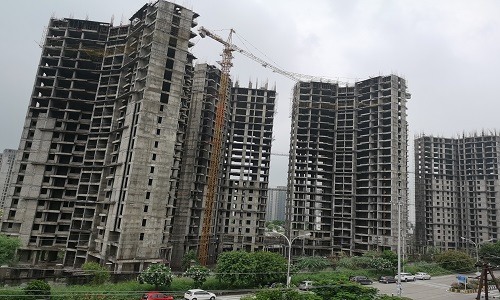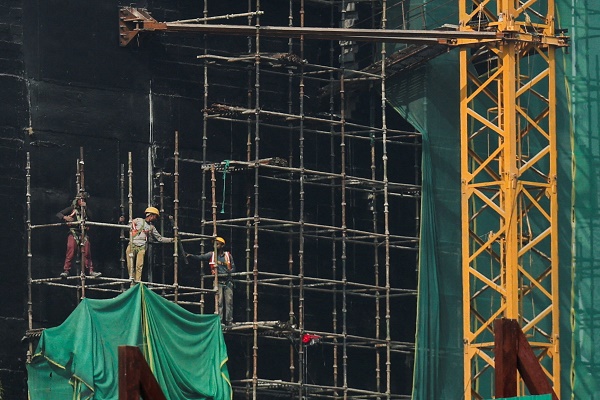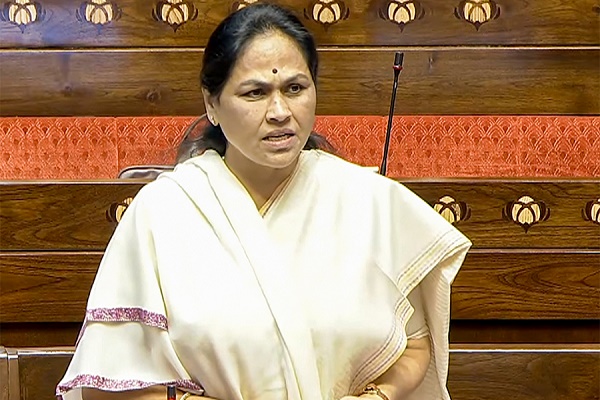Commercial Vehicle Sales Volume to witness moderate growth of 2-5% in FY26 by CareEdge Ratings
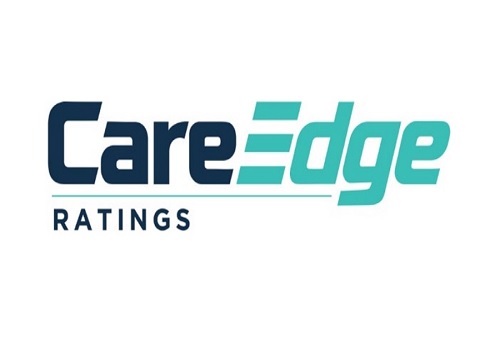
According to CareEdge Ratings, after two consecutive years (i.e. FY24 & FY25) of subdued growth, Commercial Vehicle (CV) wholesale volumes are expected to recover by around 2–5% in FY26. CareEdge Ratings expects the Light Commercial Vehicle (LCV) segment to grow by 2–4% in FY26, while the Medium and Heavy Commercial Vehicle (MHCV) segment is projected to grow by 4–6% during the same period.
Arti Roy, Associate Director, CareEdge Ratings said, “The commercial vehicle (CV) industry is expected to experience moderate growth, with overall sales volume likely to improve by around 2-5% y-o-y in FY26. The recovery will be driven by increased infrastructure activity, improved rural sentiment on the back of normal monsoon forecast, more attractive vehicle financing due to recent interest rate cuts, and ongoing fleet replacement—particularly in the bus segment—spurred by ageing vehicles, road tax concessions available for new vehicles under the scrappage policy for older vehicles and the transition to electric vehicles (EVs).”
CareEdge Ratings notes that muted growth in FY25 was largely attributed to a slowdown in demand across both the Medium and Heavy Commercial Vehicle (MHCV) and Light Commercial Vehicle (LCV) segments, wherein MHCV volumes saw a modest increase of 1.2%. In comparison, LCV volumes declined by 0.3%. MHCV volumes had witnessed subdued growth in FY25 due to lower government spending on infrastructure, given the general elections last year and an extended monsoon delaying/disrupting construction work. The LCV segment was also impacted by increased competition from the electric cargo three-wheeler segment and a cautious financing sentiment among small fleet operators.
Hardik Shah, Director, CareEdge Ratings said, “The Indian CV industry had witnessed its highest sales volume in FY19, and after being adversely impacted by the Covid-19 pandemic, the industry appeared to be on track to surpass the all-time high on the back of significant growth in sales volumes in FY22 and FY23. However, it experienced a cyclical decline in FY24 and a largely flat volume in FY25 due to a multitude of factors, including higher channel inventory, a slowdown in infrastructure projects amid the general elections, the impact of the transition to BS-VI norms, rising vehicle costs, and high interest rates. Looking ahead, the sales volume is expected to grow marginally in FY26 with many of the issues behind us.”
In FY25, the Indian commercial vehicle (CV) industry faced a challenging environment marked by election-related disruptions, a slowdown in infrastructure spending, and elevated interest rates. Within the MHCV segment, buses (which constitute ~20% of the total MHCV) exhibited a strong growth trajectory, registering a 21.6% increase in FY25, driven by rising demand for public transport, government fleet replacement initiatives, and the ongoing transition to electric buses. In contrast, MHCV trucks (which constitute ~80% of MHCV) recorded a decline of 2.7%, primarily due to subdued freight activity, delayed infrastructure projects during the election period, and high interest rates. After experiencing marginal volume degrowth of 1% and 3% in FY24 and FY25, the MHCV truck segment is expected to recover in FY26. This rebound will be supported by increased infrastructure activity in the country, the replacement of aged vehicles, and cumulative repo rate cuts of 100 bps in CY25 until June 2025, which is likely to boost vehicle financing. Additionally, rising volumes in the bus segment, driven by ongoing fleet replacement spurred by ageing vehicles, will further contribute to overall growth in MHCV sales. As a result of recovery in the trucks segment and continued growth in the bus segment, the MHCV segment is estimated to grow by 4-6% during FY26.
A somewhat similar trend was observed in the LCV segment, wherein passenger carrier volume grew by nearly 8%, supported by urban mobility needs and last-mile connectivity initiatives. In comparison, goods carriers saw a 1% decline, reflecting weak rural demand, slower e-commerce growth, increased competition from the electric cargo three-wheeler segment, and a tighter financing environment for small fleet operators. The LCV segment is projected to grow by 2–4% in FY26, supported by reduced financing costs for small fleet operators. This improvement in affordability is expected as vehicle financiers pass on the benefits of the cumulative 100 basis point reduction in the repo rate announced by the RBI from the beginning of CY25 to June 2025.
The cumulative 100 basis points reduction in the repo rate announced by the Reserve Bank of India between February 2025 and June 2025 is expected to have a more pronounced positive impact on vehicle financing in FY26, as lending rates gradually adjust and consumer sentiment improves. Replacement demand—particularly driven by ageing fleets and the government’s mandatory scrappage policy for older vehicles—is also likely to support overall CV volumes. To incentivise fleet renewal under the Vehicle Scrappage Policy, several Indian states have announced road tax concessions ranging from 15% to 25% for fleet operators purchasing new vehicles after scrapping older ones.
Furthermore, in FY26–FY27, the Indian commercial vehicle (CV) industry is expected to undergo significant regulatory changes. These include the mandatory implementation of air-conditioning cabins in trucks starting October 2025, and the proposed introduction of TREM-V emission norms for non-road vehicles from April 2026. TREM-V refers to the Bharat Stage V emission norms for non-road mobile machinery (NRMM) in India, which aim to reduce emissions from diesel engines used in construction, agriculture, and off-road equipment. These regulations are likely to increase vehicle costs, potentially triggering a pre-buying phase in FY26 ahead of their enforcement. The above factors are collectively expected to result in a growth of around 2-5% in overall CV volumes during FY26.
Above views are of the author and not of the website kindly read disclaimer
.jpg)

.jpg)



.jpg)

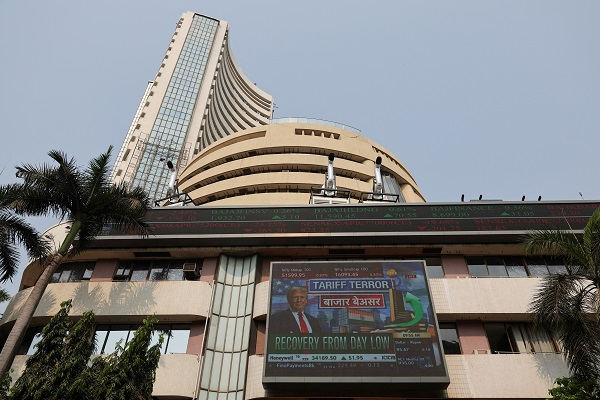
.jpg)






